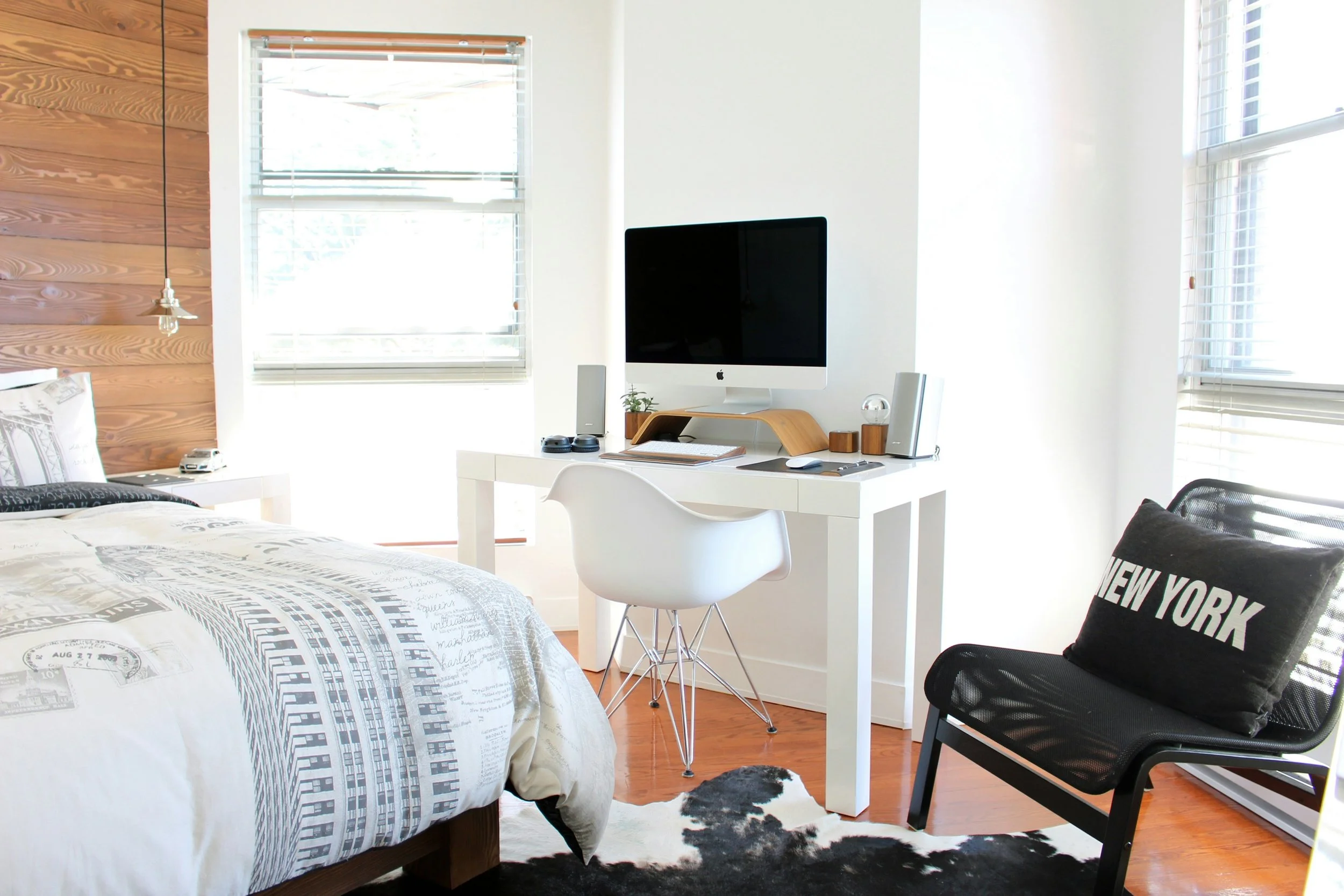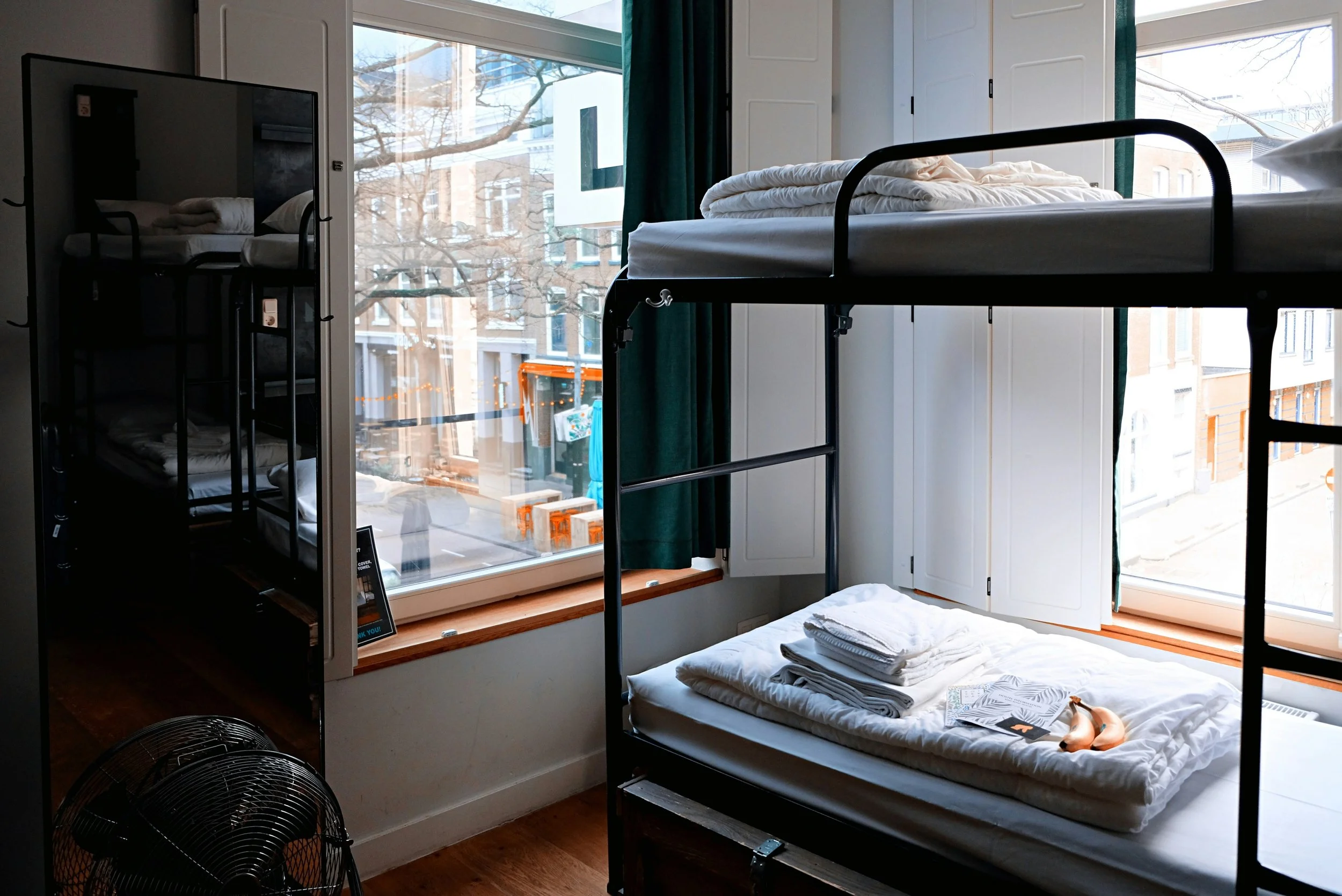How To Evaluate The Security Features Of Your Prospective Student Housing
Moving away to college often means leaving behind the safety and security of your family home. Selecting student housing in an unfamiliar city can cause anxiety about protecting your belongings and personal safety.
By learning how to evaluate security features effectively, you can make informed decisions to find housing where you feel protected. This guide outlines key features to assess fully, critical questions to ask, and red flags to recognize.
Understanding Your Security Needs
When examining student housing, begin by reflecting on what 'security' means for you. Consider any past safety issues you've encountered and your concerns about theft, assault, or emergency responses.
Define priorities like video monitoring, keyed entries, or security patrols. Outline your must-have basics and nice-to-have bonuses. These will guide your evaluations and narrow your choices.
For instance, options like Utah Tech University student housing ensure comfort and safety for its residents, with the added benefit of proximity to the campus. Choosing a nearby residence that prioritizes working security features can contribute to a less stressful and more rewarding university experience.
Essential Security Features to Consider
1. Building Security
Access Control Systems
Keyless entry keypads and integrated keycard scanners each offer different levels of security depending on their specific application and management. Biometric systems, such as fingerprint or iris scanners, provide a high level of access control through unique biological identification.
Physical Barriers
Metal doors with reinforced frames rather than wood can offer a strong defense against forced entry. Look for shatterproof glass on any transparent panels or sidelights, preventing easy breakage.
Security Cameras and Lighting
Cameras should monitor all entry and exit points like lobby doors, emergency exits, elevators, and garages. Confirm that surveillance also covers potentially vulnerable common spaces like package rooms, fitness centers, and pools. Video data should stream to a centralized location with 24/7 active monitoring rather than recordings passively collecting dust.
Emergency Exits and Fire Safety Measures
Multifaceted emergency systems like network-connected smoke detectors, water sprinklers, and fire extinguishers that undergo annual maintenance offer reassurance. Staff should annually test emergency lighting along exit routes and confirm emergency egress accessibility from all apartment units.
Maintenance Procedures and Response Times
Responding quickly to maintenance requests is important to prevent potential security vulnerabilities. Confirm policies and historical average turnaround times for security system repairs or replacements.
2. Apartment Security
Door Locks
Smart locks provide convenient keyless entry through mobile apps and include manual passcode backups for emergencies, ensuring access even if batteries die. Although encryption protects against hacking, insist on getting manual passcode backups for electronic locks in case batteries die. Reinforced strike plates with four screws at least three inches long protect against forceful kicking in attempts. Secondary locks like chains or deadbolts provide an extra physical barrier.
Window Locks and Security Bars
Beyond standard central alarm systems, ensure that individual window latches function properly and can't be jarred open from outside. If on the first floor or basement level, security bars or grates offer an enhanced protection layer recommended for unit vulnerability.
Alarm Systems and Personal Safety Devices
Internet-connected sensor systems can alert you to unexpected openings of doors and windows. Upgrade to video capabilities to enable remote visual verification. For units not opting into central systems, personal motion-sensor alarms are also available as an affordable DIY alternative.
Roommate Selection and Communication Strategies
To foster a supportive and safe living environment, confirm that housing administrators conduct thorough screenings of all applicants. If possible, request that housing perform background checks while matching roommates with shared standards to ensure compatibility.
3. Community Security
On-Site Security Personnel and Patrol Schedules
Ask about the security personnel's schedule, including when they patrol the property, to understand how security is maintained during different times. Obtain specifics on routine patrol sweeps, including their frequency, duration, and level of vigilance. Dedicated overnight teams in continuous contact with resident advisors reflect the greatest due diligence monitoring against threats.
Emergency Response Plans and Communication Systems
Find out if the housing option conducts emergency preparedness activities, such as reviews and drills, to handle potential threats like fires, floods, or power outages. Confirm that student notification systems swiftly share updates via text alerts, social media, or posters in case of incidents. A 24/7 emergency hotline provides reassurance that assistance is always reachable when faced with dire threats.
Crime Statistics and Neighborhood Watch Programs
Check published campus police reports and inquire about property-specific incidents over the past 3-5 years, as a low or declining crime trend offers comfort. Engaged community policing efforts like neighborhood watch programs promoting information sharing also reflect collective deterrence against risks. Regularly review student paper reports and local news to maintain awareness of broader area crime contexts.
Resident Support Services and Reporting Procedures
Confirm the availability of anonymous tip lines actively monitored for students reluctant to report observed suspicious, harmful, or threatening behavior directly. Review policies shielding good-faith whistleblowers from retaliation to encourage speaking out when warranted. Access to emergency counseling and victim advocate resources signals a supportive infrastructure for those impacted by traumatic events or abuse.
Red Flags to Watch Out For
Even when you're assured a residence is safe, some issues may still manifest. While touring properties, look for these common security concerns:
Broken access control systems, dark passages, large hiding spots, or barriers obstructing visibility
Reluctance to provide specifics about safety policies or statistics
Online reviews reporting inadequate response to past incidents
Evidence of tampering with locks or unauthorized barrier removal
Trust your instincts when flagging unaddressed resident complaints, outdated systems due for replacement, or very recent upgrades concealing ongoing issues. Landlords should perform regular checks to keep the student housing secure. Avoiding properties raising security concerns is a wiser and potentially safer decision.
Beyond Security Features: Building A Safe Community
In addition to these security features, building a community within your housing complex plays a crucial role in ensuring safety. Consider an apartment a blank canvas to foster personal relationships and ethical, supportive norms.
Learn neighbors' names, interests, and schedules. Trade contact info in case of emergencies.
Establish group expectations early via house meetings or group chats. Agree to baseline courtesy, noise, guest, privacy, and chore policies respecting all residents.
Travel accompanied at night when possible. Share schedules to enable check-ins.
Utilize campus infrastructure like security escorts, emergency towers, and counseling services proactively.
Take action to maintain community safety by reporting concerning behavior promptly rather than ignoring issues.
An engaged, collaborative community enables residents to look out for each other's safety and well-being. Taking active measures together builds shared responsibility, empowering students to prevent and respond promptly to any incidents that arise.
Conclusion
Moving into student housing launches an exciting new chapter filled with new friends and experiences. However, selecting apartments with proper security protections also grants peace of mind.
While considering top choices, reflect on security priorities identified early on. Trust your instincts on safety. Taking these steps will lead you to find housing where you can thrive!






